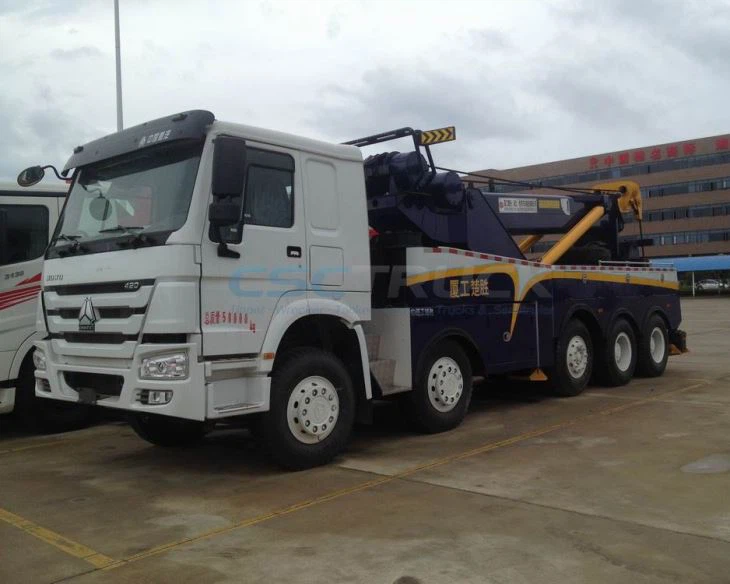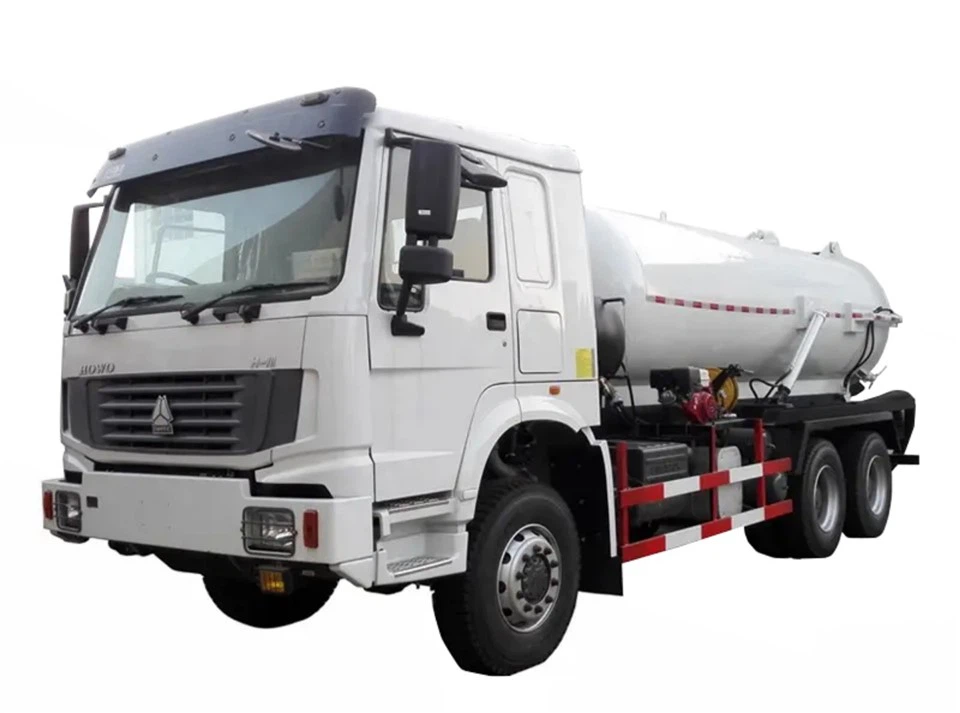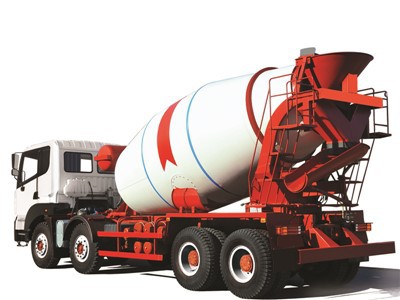Sewer Vacuum Truck: A Comprehensive Guide

The sewer vacuum truck is an essential piece of equipment used in the cleaning and maintenance of sewer systems and drainage facilities. These specialized vehicles effectively remove debris, sludge, and other materials from wastewater systems. In this article, we will explore the various aspects of sewer vacuum trucks, their importance, operational mechanisms, different types, maintenance tips, and more.
What is a Sewer Vacuum Truck?
A sewer vacuum truck is a powerful vehicle equipped with a vacuum system that draws waste and debris from sewer systems. The truck typically features a large tank for storing the vacuumed materials, a powerful pump, and a suction hose. They are commonly used in municipal services, industrial applications, and even for residential cleaning events.
Key Components of a Sewer Vacuum Truck
- Vacuum Pump: The heart of the vacuum truck, providing the necessary suction to draw in waste materials.
- Storage Tank: A tank that can hold significant volumes of wastewater and solids, designed to handle various waste types.
- Suction Hose: A flexible hose used to reach the desired areas in the sewer system, often equipped with specialized nozzles.
- Water Jetting System: Some sewer vacuum trucks come with water jets to aid in breaking up stubborn blockages.
Importance of Sewer Vacuum Trucks
Sewer vacuum trucks play a vital role in ensuring public health and the environment stays free from waste-related issues. Their importance includes:
1. Regular Maintenance of Sewers
Regular use of sewer vacuum trucks helps in preventing clogs and backups in sewer lines, which can lead to overflows and unpleasant odors.
2. Emergency Clean-Up
In cases of sewer line failures or blockages, these trucks quickly remove hazardous waste to prevent environmental damage and health risks.
3. Environmental Protection
By safely removing waste from sewer systems, vacuum trucks protect local water bodies from contamination caused by untreated sewage.
4. Efficiency in Waste Removal
They can handle large volumes of waste quickly, making them efficient compared to manual methods of sewer cleaning.
Types of Sewer Vacuum Trucks
Sewer vacuum trucks vary in design, size, and functionality based on the needs of their application.
1. Combination Trucks
Combination trucks feature both vacuum and water jetting capabilities. They are equipped for both suction and high-pressure water cleaning, making them versatile for various tasks in sewer maintenance.
2. Industrial Vacuum Trucks
These trucks are specifically designed for industrial applications, capable of handling hazardous and non-hazardous materials. Their robust build and high-capacity tanks allow for efficient waste management in heavy-duty environments.
3. Lightweight Vacuum Trucks
Ideal for smaller municipalities or residential services, lightweight vacuum trucks are easier to maneuver in tight spaces while still providing effective cleaning services.
4. Environmental Vacuum Trucks
Designed for environmental clean-ups, these vehicles are used in hazardous waste removal and spill response, ensuring the safe disposal of harmful materials.
Operational Mechanism of a Sewer Vacuum Truck

The operational mechanism of a sewer vacuum truck consists of several steps:
1. Setup
The operator parks the truck near the sewer access point and prepares the vacuum system. This includes checking the tank and vacuum hoses for leaks or damage.
2. Location of the Clog
Using cameras or previous reports, the operator identifies the location of the blockage or the area needing cleaning.
3. Connecting the Hose
The suction hose is attached to the designated access point in the sewer system, ensuring a secure connection to avoid leaks.
4. Activating the Vacuum
Once everything is set, the operator activates the vacuum pump, creating a strong suction that draws in waste materials.
5. Monitoring
The operator monitors the tank levels and vacuum pressure to ensure optimal performance during the cleaning process.
6. Disposal
After the tank is full, the operator transports the waste to a treatment facility for safe disposal, ensuring compliance with environmental regulations.
Maintenance Tips for Sewer Vacuum Trucks
Regular maintenance is crucial to ensure the truck functions efficiently and lasts for years. Here are some tips to keep in mind:
1. Regular Inspections
Schedule routine inspections for wear and tear on coupled parts, hoses, and the tank. Prompt repairs can prevent larger issues.
2. Oil and Fluid Changes
Change engine oil, hydraulic fluid, and other necessary fluids at intervals recommended by the manufacturer to keep the vehicle running smoothly.
3. Clean Filters
Regularly check and clean or replace filters to ensure optimal suction and performance of the vacuum system.
4. Tank Maintenance

Inspect the tank for any signs of corrosion or damage. Keep the tank interior clean to prevent build-up of sludge that could affect suction performance.
5. Tire and Brake Checks
Since these trucks are heavy-duty vehicles, ensure the tires are in good condition, and brakes function properly for safe operation.
Practical Examples of Sewer Vacuum Trucks in Use
1. Municipal Water Management
City councils use sewer vacuum trucks regularly to maintain urban sewer systems. For example, during heavy rain seasons, municipalities deploy these trucks to clear potential blockages caused by debris.
2. Industrial Waste Cleanup
In industries like oil and gas, vacuum trucks are used to clean up spills and remove residual sludge from storage tanks or pits, ensuring a safe working environment.
3. Emergency Response
After heavy floods, emergency services often utilize sewer vacuum trucks to clear flooded streets and vacuum debris that can contaminate water and pose health risks.
4. Residential Services
Plumbing companies employ vacuum trucks for residential sewer cleaning when homeowners face severe clogs, providing a quick and efficient solution.
Regulatory Compliance and Safety Considerations
Working with sewer vacuum trucks entails several regulations and safety consideration:
1. Environmental Regulations

Ensure compliance with local and national environmental regulations regarding the disposal of wastewater and hazardous materials extracted by vacuum trucks.
2. Safety Gear
Operators should wear appropriate personal protective equipment (PPE) to protect against exposure to hazardous waste when operating the truck.
3. Training
All operators should undergo training on the safe operation of vacuum trucks, focusing on emergency response and proper handling of waste materials.
4. Clear Signage
When servicing busy areas, use clear signage to alert pedestrians and drivers of work in progress to ensure safety around the operational area.
Cost Considerations for Sewer Vacuum Trucks
The cost of sewer vacuum trucks can vary significantly based on factors like brand, size, and capabilities. Here are some typical costs:
| Type of Truck | Average Price Range |
|---|---|
| Combination Truck | $250,000 – $500,000 |
| Industrial Vacuum Truck | $300,000 – $600,000 |
| Lightweight Vacuum Truck | $100,000 – $300,000 |
| Environmental Vacuum Truck | $350,000 – $800,000 |
FAQs About Sewer Vacuum Trucks
1. How often should sewer vacuum trucks be used?
The usage frequency depends on the specific needs of the sewer system, but generally, municipalities use them on a regular schedule to prevent clogs.
2. Can sewer vacuum trucks handle hazardous waste?
Yes, specific models of sewer vacuum trucks are designed to handle hazardous and non-hazardous waste while adhering to environmental regulations.
3. What is the capacity of a typical sewer vacuum truck?
Most sewer vacuum trucks have tank capacities ranging from 1,000 to 3,000 gallons, depending on the model and purpose.
4. Are sewer vacuum trucks environmentally friendly?
When operated correctly and maintained, sewer vacuum trucks can be environmentally friendly by safely removing waste and preventing contamination.
5. What safety measures should be taken while operating a sewer vacuum truck?
Operators should wear proper PPE, receive adequate training, and ensure clear signage and communication during operations to enhance safety.
6. Can sewer vacuum trucks be rented?
Yes, many service providers offer options for renting sewer vacuum trucks for short-term needs or special projects.
